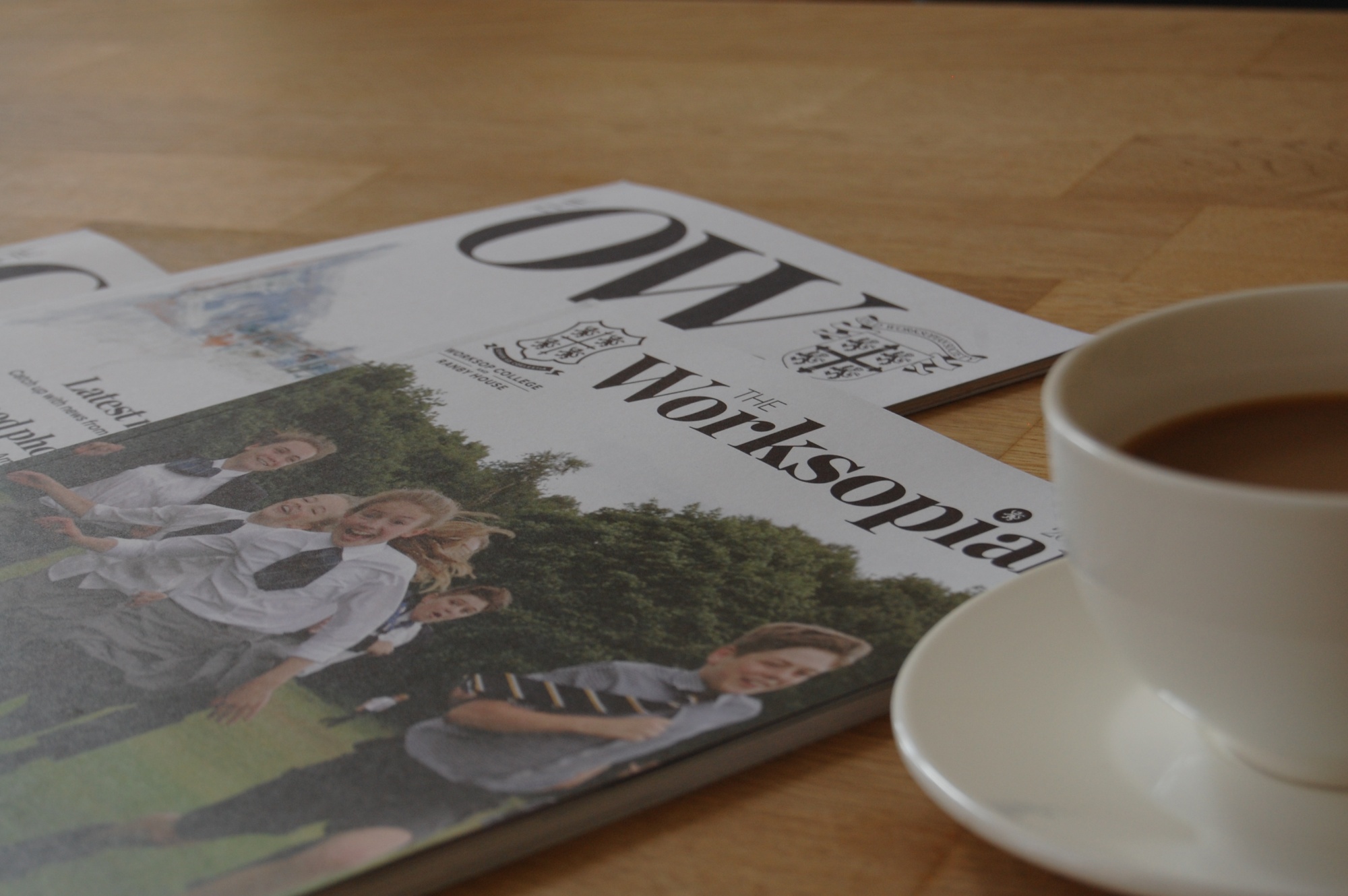
On Tuesday, Year 8 students were given the opportunity to handle some unusual animals as part of the STEM presentation on Biodiversity.
The presentation was given by Anya from ZooLab and aimed to educate the pupils about the diverse variety of animal species on the planet.
Anya brought with her a Madagascan Hissing Cockroach, a Giant African Land Snail, a Giant African Millipede, a Tarantula, a Domestic Brown Rat, a Pacman Frog and a Corn Snake. Anya explained about their specific characteristics, unusual features and also their habitats. The students also had the chance to ask questions to gather information about each animal for their fact file booklets.

“The great thing about the ZooLab visit is that you get see the animals up-close. We were allowed to touch and hold the animals, a prospect that unnerved a few squeamish students, but I was pleased to see that most were brave enough to gently poke, stroke and handle the scaly, tickly, prickly and furry little critters!”
The second half of the morning was just as lively with the ‘Maggot Grand Prix’. The students were introduced to maggots and then carried out an investigation to see what conditions would make the maggots move faster.
Ms Varney explained,
“The Maggot Grand Prix was a fun and exciting way to build on the students’ knowledge of scientific terminology and how to carry out investigations, to get valid and reliable data, they also had some calculations to work too. These are all important skills, which will be essential in a few years’ time for their GCSEs.”
The maggots were specially selected from a heaving, squirming, wriggling mass in a pot, and placed tentatively onto miniature race tracks. Then the time taken for them to race 25 nail-biting centimetres was recorded. The excitement was clear with lots of cheering, happy winning shrieks and as well as some disappointed grumbles!
The students were also provided with information and website links on careers, which would see them working outdoors with animals and plants, in the fields of Biodiversity and Ecology.
Click the link below for more images!



